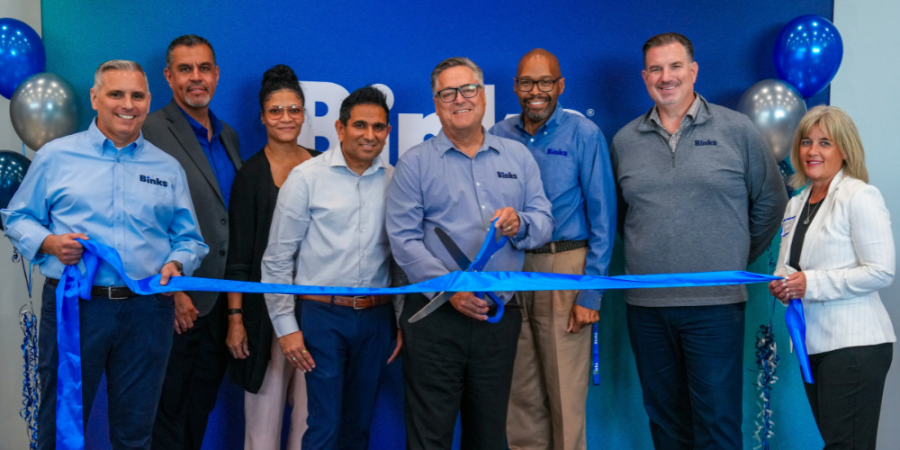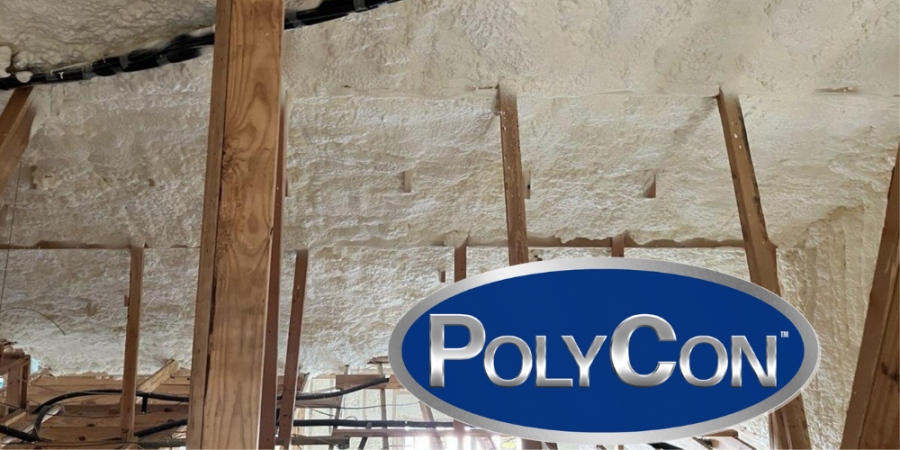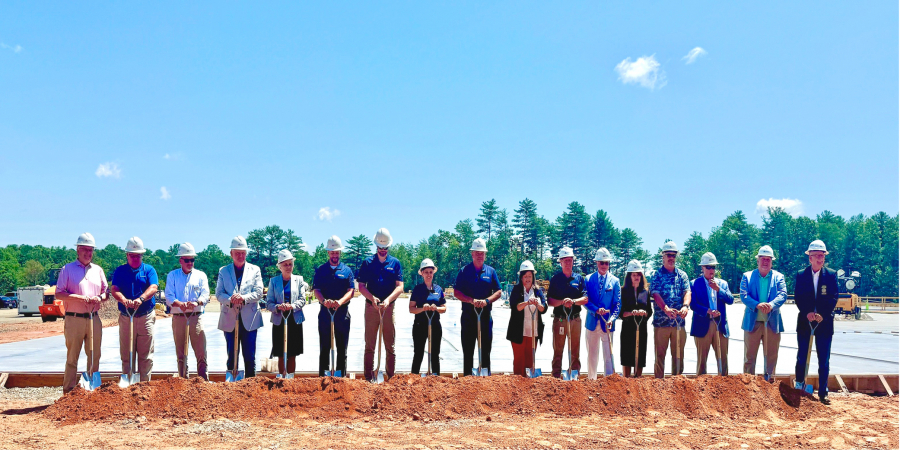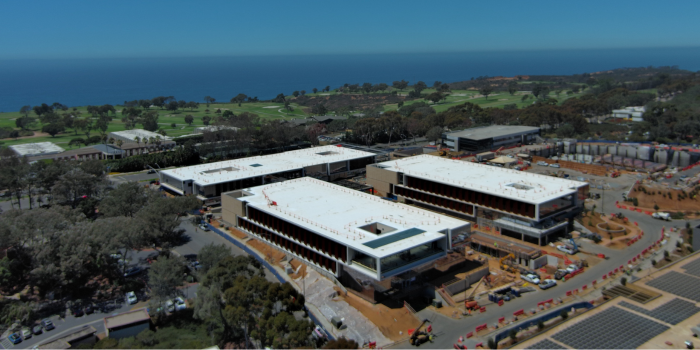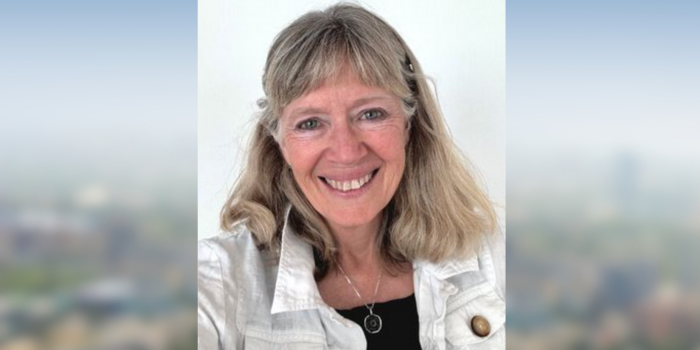Founder of U.S. Green Building Council Chooses NCFI® Foam Insulation to Insulate One of California’s First Deep Green Homes
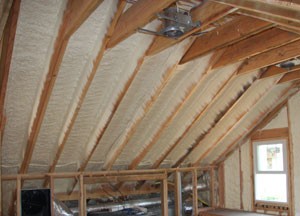
Mount Airy, N.C., October 8, 2008—NCFI, a global leader in high performance insulation and roofing products, has been selected to insulate one of California’s first “deep green” homes.
David Gottfried, noted sustainable building author and founder of the U.S. Green Building Council, and his family took their time selecting and purchasing a 1915 Craftsman-style house in Oakland’s Rockridge neighborhood, a trendy residential and commercial district just south of Berkeley. “It took us a year to find the ideal house,” says Gottfried. “We wanted an older home, structurally sound, close to shopping, and one we could recreate to show others how to integrate green into their entire family life.”
Deep green is a relatively new term used to describe buildings that not only incorporate green building materials and processes, but go beyond LEED Platinum—a rating system Gottfried helped design and influence. “Deep green is a complete life philosophy,” says Don Schumacher, NCFI’s Director of Marketing and lifelong proponent of sustainable building. “It’s a 360-degree lifestyle that requires one to think about every aspect of their existence: providing for net-zero energy use; using less space; capturing and processing rainwater; working from home; walking to shopping; growing your own fruits and vegetables. David’s house in Oakland is a fine example of deep green and, as a sustainable building product company, we’re proud to be included in this landmark project.”
Gottfried says he and his wife, Sara, selected the 1915 Craftsman to renovate because it had all the elements in place to go deep green. “The house was the right size—not too large, which is a major tenet of deep greening. A family of four should be in a house of around 1,500 square feet, not the 3,000 square feet-plus homes being built before the housing bubble blew up in our faces. We can keep the car parked, because I work from a LifePod (an innovative 120-square-foot steel structure outfitted with photovoltaic solar cells to generate electricity for the home) in my backyard, and we’re close enough to walk to major shopping—wine shops, groceries, and restaurants.”
The renovation included installing voltaic solar panels and hydronics—using water as the heat transfer medium for heating and cooling. “We’re expecting 75 percent more energy efficiency—40 percent better than a brand new home. Already, we’re more than 20 points beyond LEED Platinum! We’re shooting for a net zero energy home,” brags Gottfried.
We took the advice of our insulation consultant and used NCFI’s InsulStar™ closed-cell spray foam insulation because, “We wanted to super insulate the attic. This foam is a great way to insulate older houses because it’s sprayed on, fills every crack, and it has the highest R-value. It keeps our attic space constant and there’s a lot less heat gain—we actually notice the difference when standing in the attic. We couldn’t have made a better choice.”
Schumacher agrees and points to a 2007 report from the McKinsey Global Institute titled Curbing Global Energy Demand Growth: The Energy Productivity Opportunity, that finds making homes and commercial buildings more energy efficient as the most substantial way to reduce global energy use and greenhouse gas emissions. The report notes that by implementing available technologies such as high-insulation building shells, compact fluorescent lighting, and high-efficiency water heating, energy demand growth could be reduced by more than half.
Gottfried says their home is certainly the first deep green renovation in the Bay Area and vies for the premiere deep green renovation in the state. He adds, “Everyone can green their home. It does not, necessarily, have to be deep green; there are at least 100 things you can do. You can start with spray foam insulation—it’s a good product to provide for more efficient use of energy and that’s a major requirement of green.”
About NCFI
NCFI was organized in 1964 by research chemist, Dr. H. W. Bradley and Barnhardt Manufacturing Company. NCFI is headquartered in Mt. Airy, NC and manufactures polyurethane foam chemical systems for spray foam-in-place insulation commonly referred to as SPF, roofing, marine floatation, packaging, specialty molding, and many other uses. The company also offers a complete line of flexible foams for furniture seating, transportation seating, bedding, carpet underlay, and packaging. NCFI has manufacturing plants in High Point and Hickory, North Carolina, Dalton, Ga., and Salt Lake City, Utah.
To learn more about NCFI please visit www.NCFI.com.
For follow-up information or to schedule an interview, please call Dale McGlothlin at (202) 341-8615.
David Gottfried, noted sustainable building author and founder of the U.S. Green Building Council, and his family took their time selecting and purchasing a 1915 Craftsman-style house in Oakland’s Rockridge neighborhood, a trendy residential and commercial district just south of Berkeley. “It took us a year to find the ideal house,” says Gottfried. “We wanted an older home, structurally sound, close to shopping, and one we could recreate to show others how to integrate green into their entire family life.”
Deep green is a relatively new term used to describe buildings that not only incorporate green building materials and processes, but go beyond LEED Platinum—a rating system Gottfried helped design and influence. “Deep green is a complete life philosophy,” says Don Schumacher, NCFI’s Director of Marketing and lifelong proponent of sustainable building. “It’s a 360-degree lifestyle that requires one to think about every aspect of their existence: providing for net-zero energy use; using less space; capturing and processing rainwater; working from home; walking to shopping; growing your own fruits and vegetables. David’s house in Oakland is a fine example of deep green and, as a sustainable building product company, we’re proud to be included in this landmark project.”
Gottfried says he and his wife, Sara, selected the 1915 Craftsman to renovate because it had all the elements in place to go deep green. “The house was the right size—not too large, which is a major tenet of deep greening. A family of four should be in a house of around 1,500 square feet, not the 3,000 square feet-plus homes being built before the housing bubble blew up in our faces. We can keep the car parked, because I work from a LifePod (an innovative 120-square-foot steel structure outfitted with photovoltaic solar cells to generate electricity for the home) in my backyard, and we’re close enough to walk to major shopping—wine shops, groceries, and restaurants.”
The renovation included installing voltaic solar panels and hydronics—using water as the heat transfer medium for heating and cooling. “We’re expecting 75 percent more energy efficiency—40 percent better than a brand new home. Already, we’re more than 20 points beyond LEED Platinum! We’re shooting for a net zero energy home,” brags Gottfried.
We took the advice of our insulation consultant and used NCFI’s InsulStar™ closed-cell spray foam insulation because, “We wanted to super insulate the attic. This foam is a great way to insulate older houses because it’s sprayed on, fills every crack, and it has the highest R-value. It keeps our attic space constant and there’s a lot less heat gain—we actually notice the difference when standing in the attic. We couldn’t have made a better choice.”
Schumacher agrees and points to a 2007 report from the McKinsey Global Institute titled Curbing Global Energy Demand Growth: The Energy Productivity Opportunity, that finds making homes and commercial buildings more energy efficient as the most substantial way to reduce global energy use and greenhouse gas emissions. The report notes that by implementing available technologies such as high-insulation building shells, compact fluorescent lighting, and high-efficiency water heating, energy demand growth could be reduced by more than half.
Gottfried says their home is certainly the first deep green renovation in the Bay Area and vies for the premiere deep green renovation in the state. He adds, “Everyone can green their home. It does not, necessarily, have to be deep green; there are at least 100 things you can do. You can start with spray foam insulation—it’s a good product to provide for more efficient use of energy and that’s a major requirement of green.”
About NCFI
NCFI was organized in 1964 by research chemist, Dr. H. W. Bradley and Barnhardt Manufacturing Company. NCFI is headquartered in Mt. Airy, NC and manufactures polyurethane foam chemical systems for spray foam-in-place insulation commonly referred to as SPF, roofing, marine floatation, packaging, specialty molding, and many other uses. The company also offers a complete line of flexible foams for furniture seating, transportation seating, bedding, carpet underlay, and packaging. NCFI has manufacturing plants in High Point and Hickory, North Carolina, Dalton, Ga., and Salt Lake City, Utah.
To learn more about NCFI please visit www.NCFI.com.
For follow-up information or to schedule an interview, please call Dale McGlothlin at (202) 341-8615.
Disqus website name not provided.



